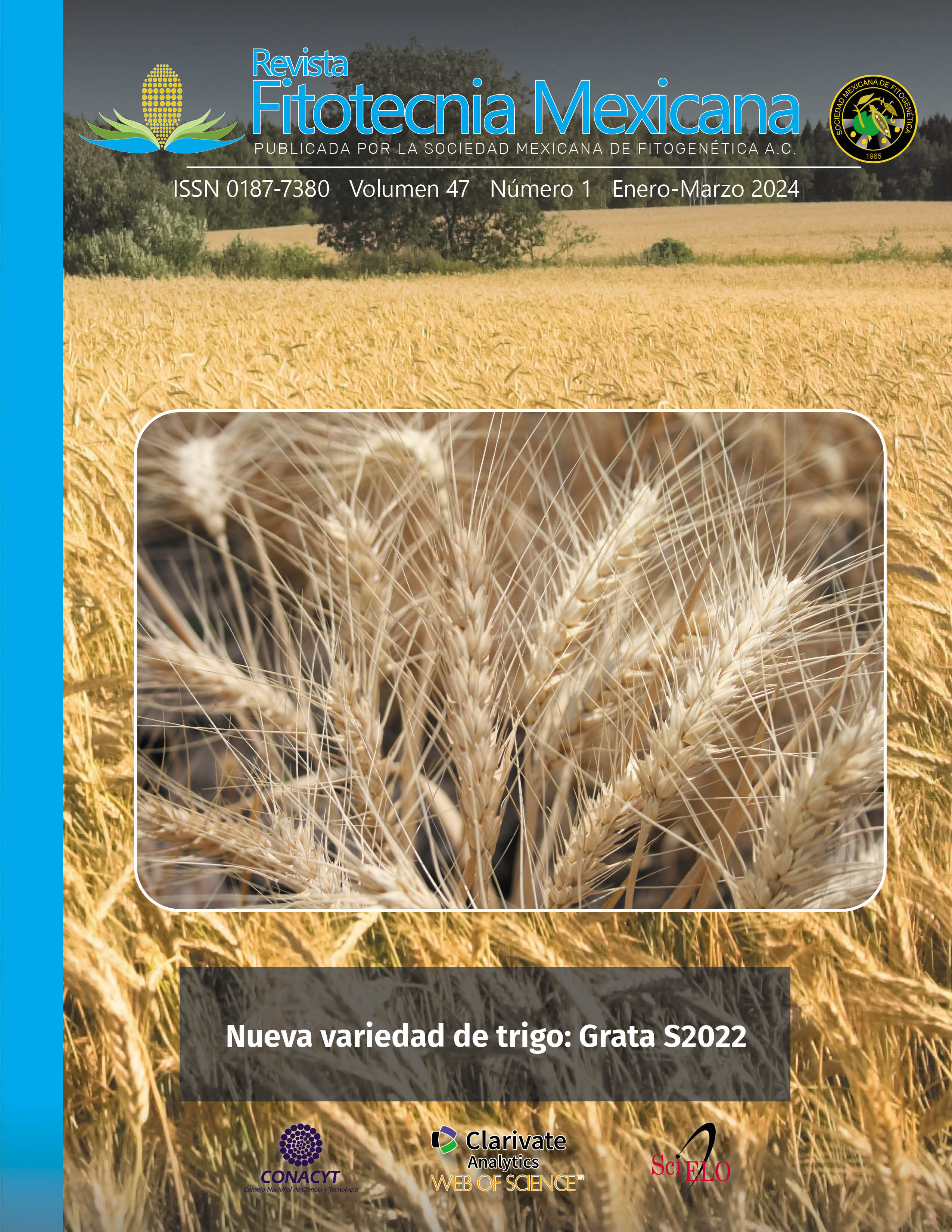In vitro CHROMOSOME STABILITY AND INSTABILITY IN DEDIFERENTIATED AND REDIFERENTIATED TISSUES OF Haworthia
Main Article Content
Abstract
Both chromosomal stability and instability are important in generating genotypes useful for plant genetic improvement. In the genus Haworthia the basic chromosome number is 7, with four large chromosomes and three small. The aim of this study was to analyze the stability and instability of chromosomes in dedifferentiated and redifferentiated Haworthia tissues under in vitro conditions. Leaf segments of H. marumiana var. batesiana, H. fasciata var. major, and H. limifolia var. ubomboensis were cultured in Eriksson basal medium supplemented with naphthalene acetic acid (NAA) 2 mg L-1 + benzylaminopurine (BA) 1.0 mg L-1. NAA 5.0 mg L-1 + BA 1.0 mg L-1, or 2,4-dichlorophenoxyacetic acid (2,4-D) 5.0 mg L-1 + kinetin 1.0 mg L-1. Cytogenetic analysis showed greater chromosomal stability in re-differentiated root cells cultured with 5.0 mg L-1 of NAA + 1.0 mg L-1 of BA, by showing no variation in chromosome number (2n = 2x =14) and morphology in H. marumiana var. batesiana and H. fasciata var. major. Dedifferentiated callus cells had greater variation in chromosome number and morphology compared to redifferentiated root cells. The highest instability was observed with 5.0 mg L-1 of 2,4-D + 1.0 mg L-1 of kinetin, due to the lower retention of diploid number, the generation of aneuploidy and polyploidy with chromosome numbers of 13, 15, 24, 26, 27 and 28, and changes in chromosome morphology from acrocentric to metacentric forms. The variation in responses between and within species to the factors used (type and dosage of growth regulators, callus phase, subculture maintenance) showed that genotype plays a crucial role in the conservation of chromosome number and morphology, offering the opportunity to perform in vitro selection of clonal genotypes or new variants for genetic improvement of plants.

